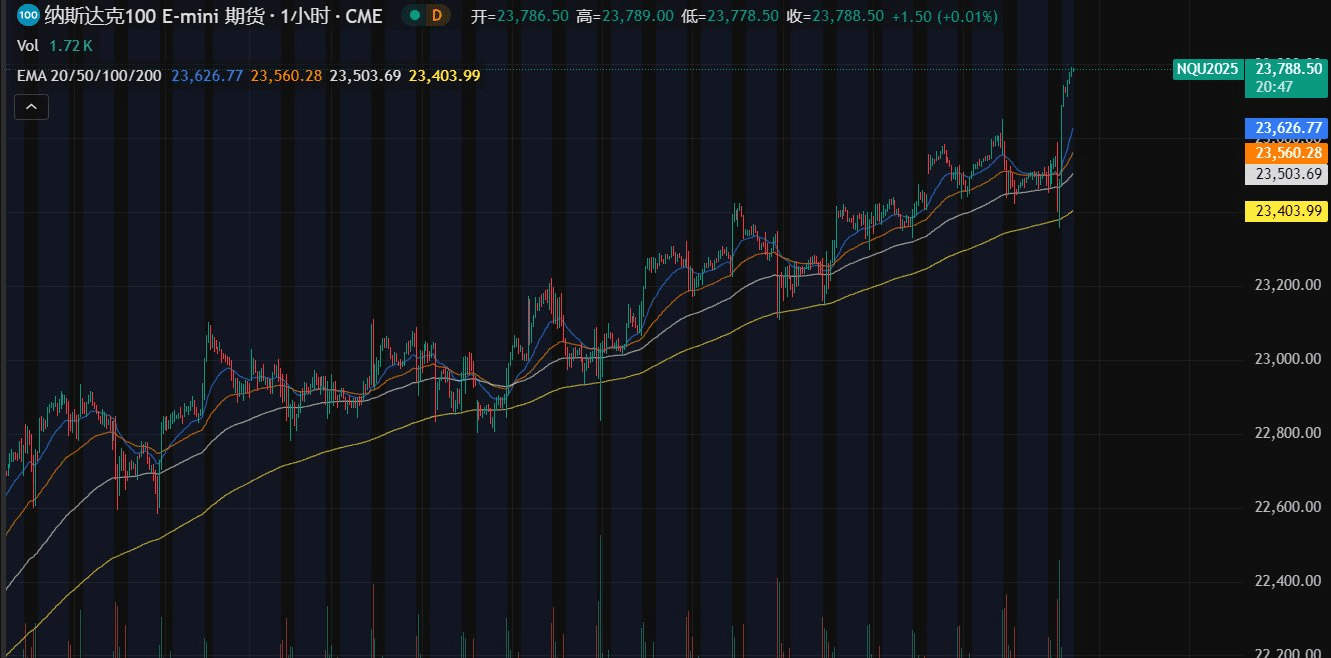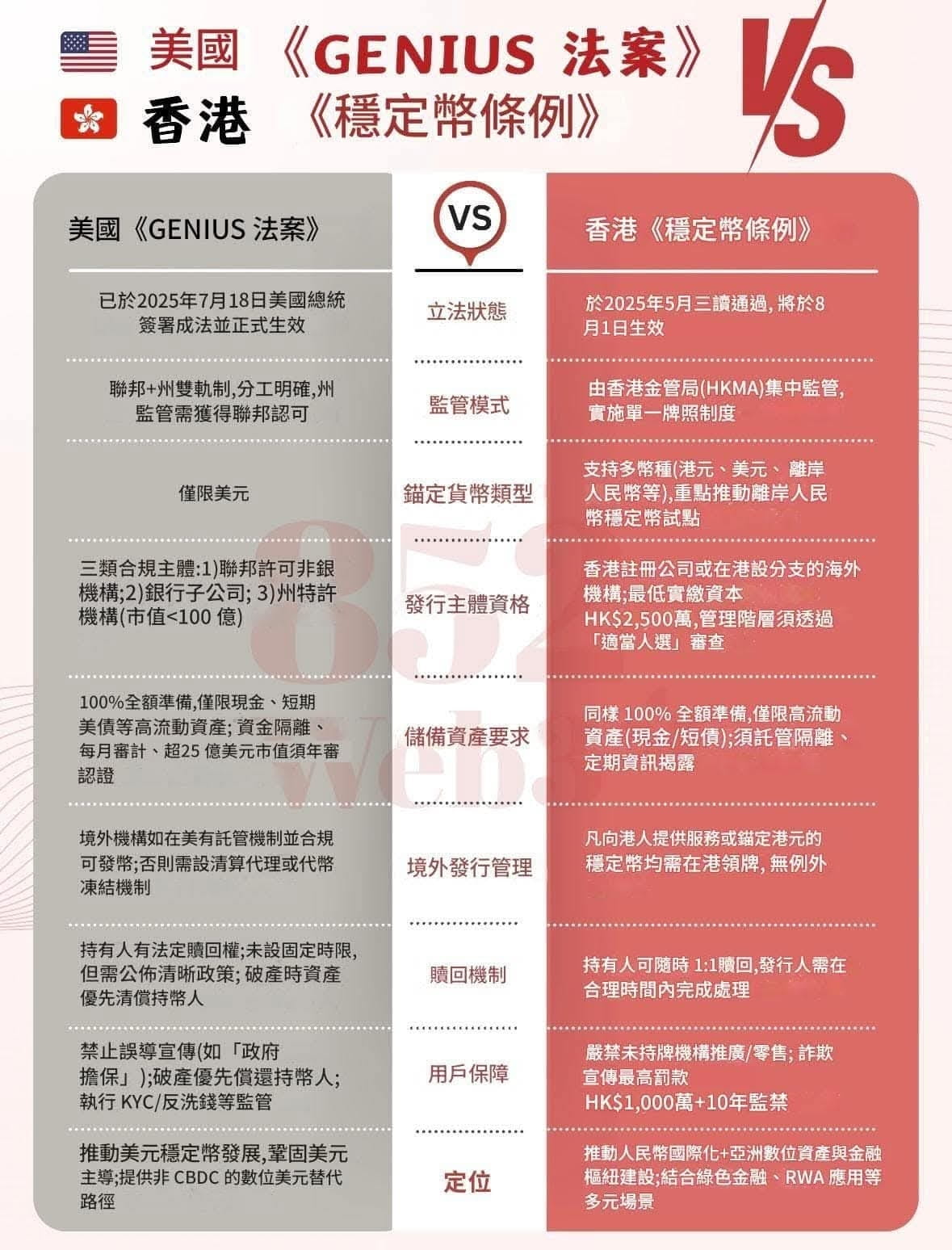Introduction: A Duet of Market Sentiment and Policy Games
On July 31, the Federal Reserve Maintained Interest Rates, but Rare Internal Disagreements Emerged—Waller and Bowman Advocated for a 25 Basis Point Rate Cut, While Powell Maintained a Hawkish Stance. This Policy Signal Contrasts Sharply with the Night-Time Surge of Ethereum-Reserve Concept Stocks in the US Market: Sharplink (SBET) Up 4.29%, Bitmine (BMNR) Up 4%, While Bitcoin Did Not Follow the Rise of US Stocks, Highlighting the 'Emotional Divide' Between the Cryptocurrency and Stock Markets. Meanwhile, the Wave of Tokenization in US Stocks is Disruptively Reshaping the Global Investment Landscape—From Robinhood Launching OpenAI Tokenized Equity to Ondo Finance Accelerating On-Chain US Stock Trading, A Revolution in Asset Programmability is Quietly Arriving.

I. Federal Reserve Policy Disagreements: Cooling Rate Cut Expectations and Market Reactions
Core Contradiction of the FOMC Decision
Maintained Interest Rates at 4.25%-4.50%, but Bowman and Waller's Dissenting Votes Reveal Internal Divisions: The Former Worries About the Suppression of the Job Market by High Rates, While the Latter Cautions Against Inflation Rebound Risks.
Powell's Statement Downplays September Rate Cut Expectations, Causing Market Bets on Rate Cuts to Plummet from 68% to Below 50%, Resulting in a Strengthening of the US Dollar Index.
Trump's 'Fiscal Dominance' Pressure
Trump Has Repeatedly Publicly Called for the Federal Reserve to Cut Rates by 300 Basis Points and Even Compared National Debt Interest Payments with Defense Spending (Federal Debt Reaches 120% of GDP), Clearly Stating 'Interest Rates Are the Federal Reserve's Problem, Not Mine'.
Historical Retrospective: In the 1980s, Volcker and Greenspan Used Rate Hikes to Threaten Congress to Reduce Deficits, But Now the Federal Reserve is Trapped in a Dilemma of 'Rate Hikes Hurt Fiscal Health, Rate Cuts Fuel Inflation'.
Market Technical Failures and Strategy Adjustments
Affected by Policy Uncertainty, US Stock Technical Indicators Show Sideways Fluctuations, with Neither Bulls nor Bears Taking Action.
Intraday Strategy Suggestion: Long at 3280 Points, Targeting 3300-3320, with Position Control Within 3% (Risk Warning: Policy Changes May Trigger Volatility).
II. Tokenization of US Stocks: A Disruptive Transformation from Concept to Reality
Definition and Advantages of Tokenization
Core Logic: Transforming Traditional Stocks into ERC-20 Tokens on the Blockchain, Enabling 24/7 Trading, Fragmented Investment, and Cross-Border Flow.
Data Support: By 2025, the Total TVL of On-Chain US Stock Tokenization Will Reach $530 Million, with Monthly Active Addresses Surging to 70,000.
Dual Drive of Institutions and Retail Investors
Retail Demand: Bypassing Traditional Broker Opening Thresholds, Trading Time Restrictions, and High Commissions.
Institutional Layout:
Cryptocurrency Exchanges: Kraken Collaborated with Backed Finance to Launch xStocks, Covering Over 50 Stocks Including Apple and Tesla; Bybit Partners with Swarm to Enter the US Stock Tokenization Market.
Traditional Brokers: Robinhood Launched Over 200 On-Chain Stock Tokens, Even Introducing OpenAI and SpaceX Tokenized Equity to Attract Young Investors.
Blockchain Platforms: Ondo Finance Acquired Oasis Pro to Obtain a US Securities License, Planning to Launch Tokenized Stock Trading; Figma Amended IPO Documents to Clearly Authorize the Board to Issue Blockchain Stocks.
Historical Lessons and Compliance Reconstruction
Early Exploration: In 2020, FTX and Binance Launched US Stock Tokens but Removed Them Due to Regulatory Pressure; Synthetix's Synthetic Asset Model Transitioned Due to Weak Liquidity.
Compliance Breakthrough: In 2024, Exodus Movement Became the First Listed Company to Tokenize Common Stock, Issuing EXOD Tokens Through the Algorand Blockchain, Achieving 1:1 Conversion Between On-Chain and NYSE Actual Shares.

III. Challenges and Risks: Liquidity Traps and Regulatory Blind Spots
Liquidity Crisis and Price Manipulation
Case Study: The Token AMZNX Tracking Amazon Was Temporarily Driven Up to $23,781 on the Jupiter Platform, with a Premium Exceeding 100 Times; The Apple Token AAPLX Reached a Nighttime Premium of 12%.
Root Cause: Insufficient On-Chain Market Depth, Delayed Oracle Pricing, Combined with High Volatility Preferences Among Cryptocurrency Players.
Shareholder Rights and Legal Disputes
Robinhood Incident: Its Launched OpenAI Token Was Officially Denied to Have Equity Attributes, Triggering SEC Investigation and Stock Price Drop.
Regulatory Contradictions: SEC Chairman Paul Atkins Expresses Support for Tokenization Innovation but Emphasizes 'Tokenized Securities Are Still Securities' and Must Comply with Federal Securities Law.
Cross-Border Regulation and Compliance Costs
Jurisdictional Choices: Backed Finance Adopts Swiss DLT Regulations, Securitize Partners with BlackRock to Ensure Asset Traceability Through Compliant Custody.
Policy Risks: EU Regulators Intervene for Investigation, Unclear Prospects Before the Passage of the US (CLARITY Act), Tokenization Companies Must 'Dance with Shackles' in the Gray Area.

IV. Future Outlook: Can Tokenization Reshape Global Capital Markets?
Market Demand Verification
Overlap Between Cryptocurrency Players and US Stock Investors: On-Chain US Stocks Need to Balance High Volatility Preferences in the Cryptocurrency World and Stable Demands in Traditional Stock Markets.
Non-Cryptocurrency User Barriers: On-Chain Wallet Operations, Private Key Management, and Other Technical Barriers Still Exist.
Evolution of the Regulatory Framework
SEC's 'Innovation Exemption' Policy: May Provide a Temporary Compliance Path for Tokenization, But Long-Term Legislative Clarity is Still Needed.
Challenges of International Coordination: Differences in Cross-Border Custody, KYC, and Anti-Money Laundering Standards May Hinder Global Expansion.
Technological Breakthroughs and User Experience
Full-Stack RWA Platform: Ondo Finance Accelerates Development by Acquiring Strangelove, Aiming to Unify Industry Standards and Reduce User Learning Costs.
'Capital as a Service' Vision: Robinhood Founder Tenev Suggests That the Ultimate Goal of Tokenization is to Make Fund Flow as Simple as 'Pressing a Button'.
Conclusion: Seeking Certainty Amidst Transformation
The Wave of Tokenization in US Stocks is Both a Product of Technological Revolution and a Result of Global Capital Flow Demands. From the Federal Reserve's Policy Games to On-Chain Market Liquidity Crises, From Robinhood's Compliance Disputes to Ondo Finance's Ecological Expansion, This Field is Experiencing a Fierce Collision Between 'Wild Growth' and 'Compliance Reconstruction'. For Investors, It's Important to Recognize the Potential of Tokenization to Lower Barriers and Enhance Efficiency While Remaining Vigilant About Liquidity Risks and Regulatory Uncertainty; For Industry Participants, Finding a Balance Between Innovation and Compliance Will Be Key to Determining Success or Failure.
Data Sources: Rockflow Market Data, Foresight News, rwa.xyz, Federal Reserve FOMC Decisions, SEC Statements, Company Announcements
Risk Warning: This Article Does Not Constitute Investment Advice, Markets Carry Risks, Decision-Making Should Be Cautious.